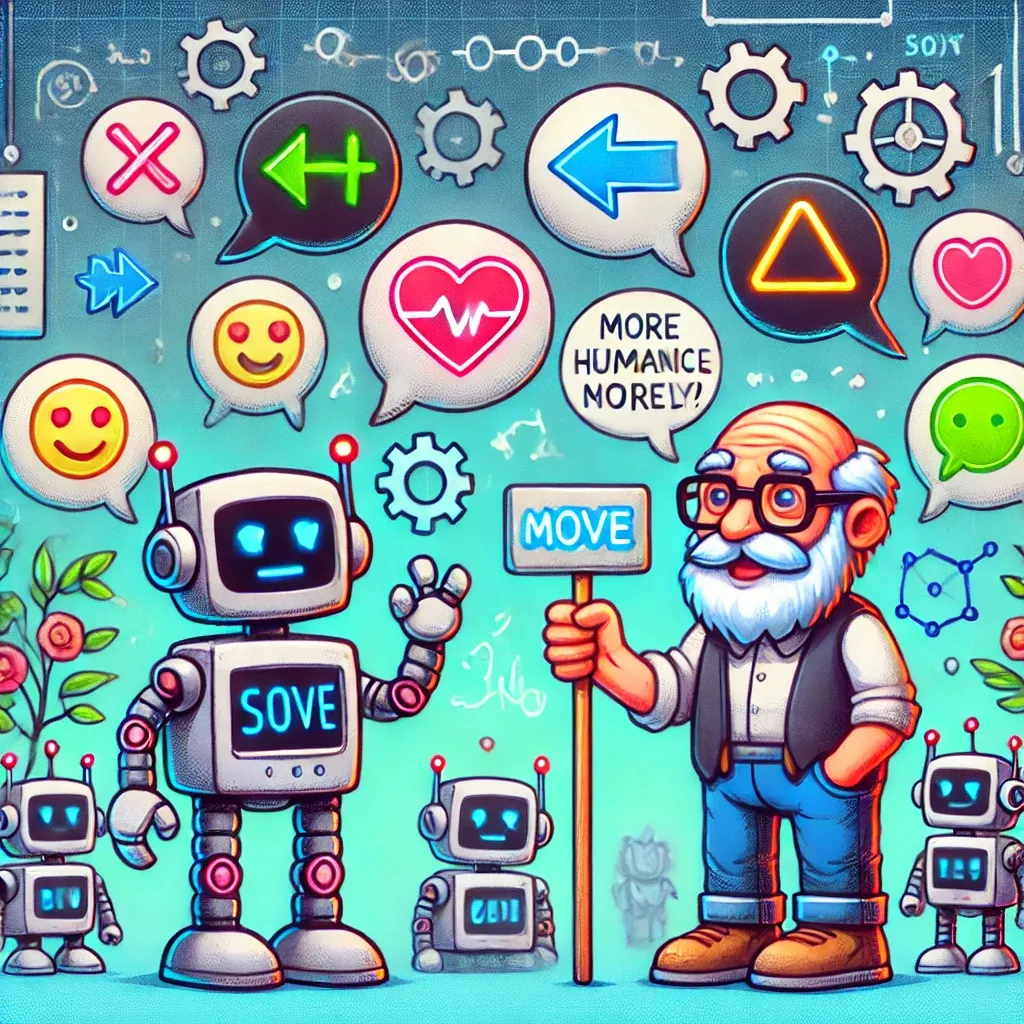Communication Training for Senior Developers: Stop Talking Like a Robot
Learn effective communication strategies for senior developers to improve leadership, connect with stakeholders, and stop using jargon that alienates your team.

You've made it to senior developer status. You're great at writing clean code, debugging gnarly issues, and mentoring juniors. But guess what? None of that matters if you can't communicate effectively. If your idea of communication is an email filled with 500 lines of technical jargon, we're in trouble. Here’s the truth: the higher you rise, the more you need to connect with people, not just code. Let’s get you trained up to communicate like a senior dev—not a robotic code machine.
🔑 Key Takeaways 🔑
- Effective communication is crucial for senior developers to succeed.
- Technical skills alone won't help if you can't connect with your team and stakeholders.
- Learn to communicate clearly and adapt your message to your audience.
Section 1: Drop the Jargon, Start Talking Human
You might think it’s impressive to use all those acronyms and technical terms, but honestly? It just alienates everyone. No one cares about your latest CI/CD pipeline improvements if they can't understand a word you're saying. Your boss wants to know how it helps the business. Your team wants to know how it makes their work easier. So, here’s what you do:
- Translate Tech to Benefits: Instead of saying, "We reduced API latency by 30%," try, "The app loads faster, so our users stick around longer."
- Tailor Your Language: If you’re talking to non-devs, ditch the jargon. If you're speaking with your fellow techies, go ahead and let loose—just know your audience.
Section 2: Get to the Point—Fast
Senior devs are busy. Managers are busy. Heck, everyone's busy. The last thing you want is to be the person who takes 10 minutes to explain something that should take 30 seconds. Get to the point, then expand if needed.
Here's how:
- Start with the Headline: Think of your message like a news article. Lead with the most crucial point. "We need to refactor module X to stop production issues."
- Be Structured: Break your communication into clear parts. "Here's the problem. Here's my solution. Here's why it matters." Boom, done.
- Ask Yourself: What's the TL;DR?: If you can't summarize your message in one sentence, you need to sharpen it up.

Section 3: Use Empathy—It’s Not Just for Therapists
Senior developers often forget that not everyone thinks like them. Being able to put yourself in someone else’s shoes is one of the most powerful communication tools you have. Your teammates aren’t mind readers, and the stakeholders definitely aren’t.
- Understand Their Perspective: Is your junior developer struggling to keep up? Simplify your explanation. Is your product owner stressed about deadlines? Talk about the value you’re delivering, not the latest issue you're debugging.
- Use Questions to Clarify: Don’t just blurt out what’s in your head—ask. "Does this make sense?" or "How do you see this affecting your part of the project?" Asking questions helps you gauge if your message is landing.
To improve your communication skills further, consider taking advantage of online resources like the Tech Career Skills: Communication for Developers course on LinkedIn Learning. This course covers crucial aspects of effective communication for developers, including how to present technical information to non-technical audiences and handle day-to-day communications in a tech environment.
Conclusion
Great communication is what separates the senior developers who get by from those who lead. It’s about more than just talking—it’s about connecting. Drop the jargon, get to the point, and use empathy to understand where others are coming from. Your code might solve problems, but your words are what build teams and get buy-in. Time to start using them effectively.




